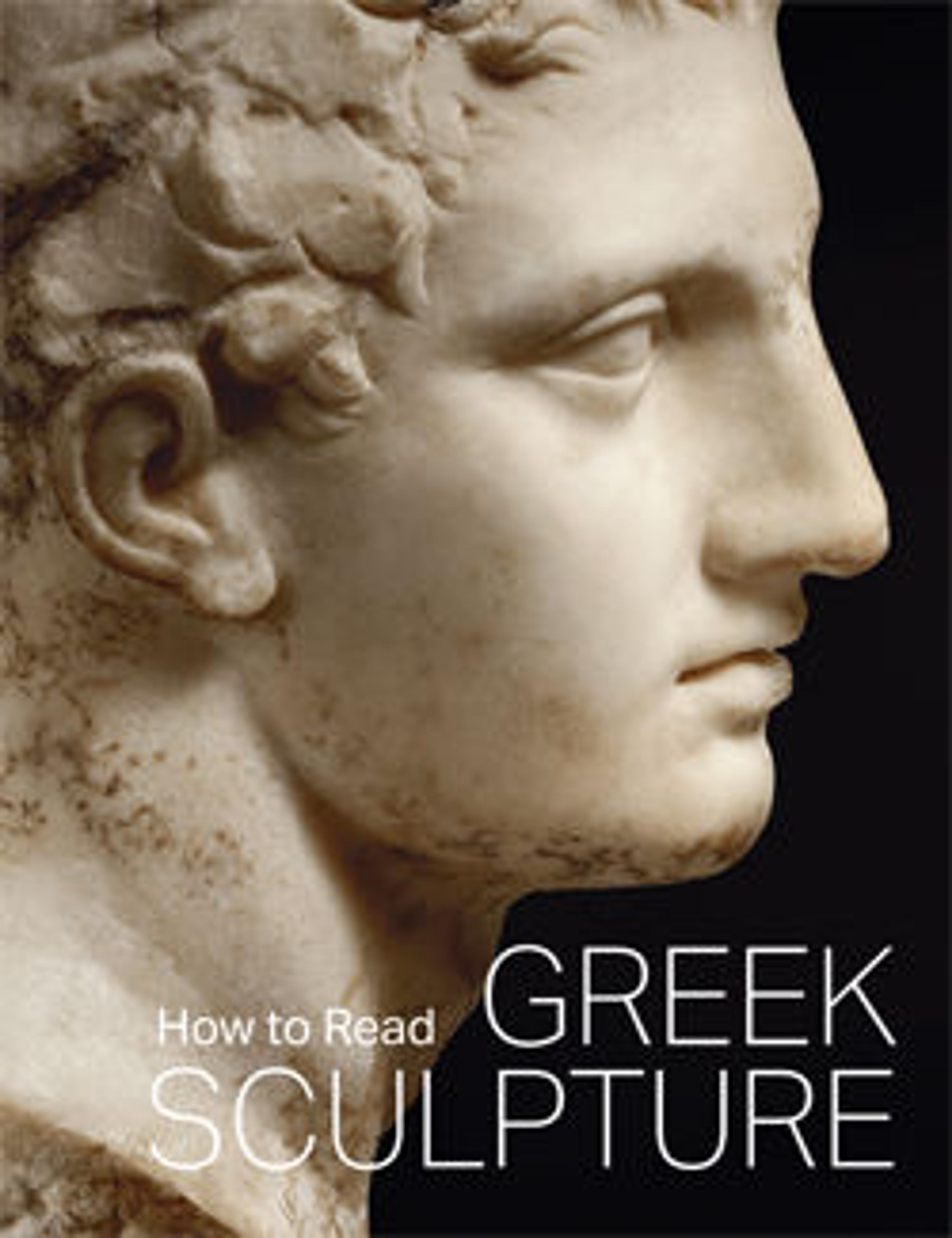Marble column from the Temple of Artemis at Sardis
Artwork Details
- Title: Marble column from the Temple of Artemis at Sardis
- Period: Hellenistic
- Date: ca. 300 BCE
- Culture: Greek
- Medium: Marble
- Dimensions: H. 142 1/8 in. (361 cm)
- Classification: Stone Sculpture
- Credit Line: Gift of The American Society for the Excavation of Sardis, 1926
- Object Number: 26.59.1
- Curatorial Department: Greek and Roman Art
Audio
1085. Marble column from the Temple of Artemis at Sardis
Gallery 160
Before you is part of a marble column that originally stood over fifty-six feet high! That’s almost five times the size of what you see here. Originally, it was part of a vast temple dedicated in the late fourth century BC to Artemis, the Greek goddess of hunting and childbirth. This column has been reconstructed from fragments of one or more columns. They were unearthed in the early twentieth century during the American excavations at Sardis. Sardis was the ancient capital of Lydia, located in what is today western Turkey.
The Sardis column is a particularly fine example of a Greek Ionic column from Asia Minor. Notice the spiral forms at the top of the column, that are known as volutes. Delicate palmettes and rosettes with leafy fronds decorate the space between them. If you walk around the base, you’ll be able to appreciate its immense width, and see how the sculptor embellished it with an exquisitely carved pattern. Sardis was one of the cities in southwestern Asia Minor, where Greek elements of art and architecture were continually interwoven with local tradition. The volutes on this column and the enormity of the temple in which it stood are typical of Greek architecture in this part of the world.
More Artwork
Research Resources
The Met provides unparalleled resources for research and welcomes an international community of students and scholars. The Met's Open Access API is where creators and researchers can connect to the The Met collection. Open Access data and public domain images are available for unrestricted commercial and noncommercial use without permission or fee.
To request images under copyright and other restrictions, please use this Image Request form.
Feedback
We continue to research and examine historical and cultural context for objects in The Met collection. If you have comments or questions about this object record, please complete and submit this form. The Museum looks forward to receiving your comments.
